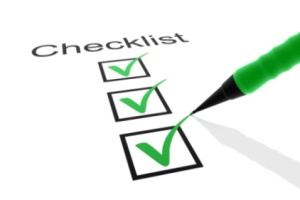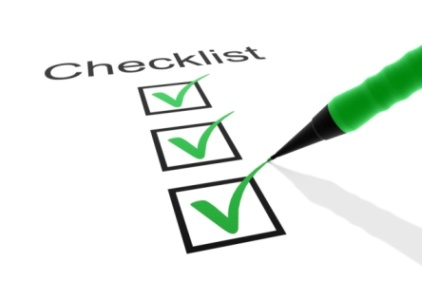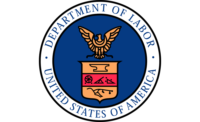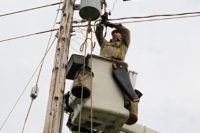 In the past few months, the communication tower industry has experienced an alarming increase in the number of injuries and fatalities occurring at communication tower worksites. As of September 3, 2013, there have been a total of 14 incidents, which is more than the last two years combined. OSHA is aware that there has been an acceleration in communication tower work during the past year due to cellular infrastructure upgrades, and the Agency is concerned about the possibility of future incidents.
In the past few months, the communication tower industry has experienced an alarming increase in the number of injuries and fatalities occurring at communication tower worksites. As of September 3, 2013, there have been a total of 14 incidents, which is more than the last two years combined. OSHA is aware that there has been an acceleration in communication tower work during the past year due to cellular infrastructure upgrades, and the Agency is concerned about the possibility of future incidents.
OSHA is addressing this sharp rise in incidents through outreach and enforcement efforts. Whenever Area Offices or Compliance Officers become aware of communication tower work being done in the area, please instruct your Compliance Officers to inspect these worksites to ensure that employers are taking responsibility for protecting their workers' safety and health.
OSHA will be tracking data gathered from investigations of incidents that occur on communication tower worksites.
Compliance Officers should make sure to collect information regarding contract oversight issues, and obtain copies of any relevant contract documents. Try to identify, as far as possible, not only the name of the company performing the tower work, but the tower owner, carrier, and any other relevant parties in the contracting chain.
When workers are not using effective fall protection, the fall hazards are obvious, well known and potentially fatal. In appropriate cases, Area Directors should work closely with their Regional Solicitor to develop willful fall protection citations, including, when applicable, citations of the general duty clause.
When recording communication tower incidents in OIS, please ensure that the incident is identified using the "COMTOWER" identification code. This will enable OSHA to track incidents accurately.
Please ensure that the following information is entered into either IMIS or OIS for each incident:
• Age and sex ofvictim(s).
• Type of tower involved in the incident (i.e., monopole, lattice, guyed, etc.)
• Number of employees working on site at the time of the incident.
• Description of incident, including causes, if known.
• If the incident was a fall, describe the use of fall protection at the time of incident. Was fall protection not provided? Was it provided but not used? Was it used, but did it fail?
What was the approximate height of the fall?
• Contract chain information: Describe the nature of the contract chain, following the chain up as far as possible, including the entity whose signal was being worked on.
• Was a base mounted drum hoist in use for hoisting personnel?
Additional information to be entered into IMIS or OIS when available:
• Weather conditions at the time of the incident.
• Additional employee information: length of employment in industry, level of training, etc.
• Ambient Radio Frequency: Was ambient RF present? Were employees wearing any measuring or warning devices to protect against ambient RF?
Finally, whenever an inspection of an incident on a communication tower worksite occurs, the National Office should be notified as soon as possible.


